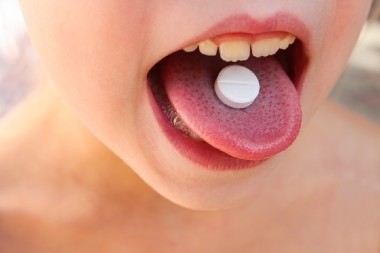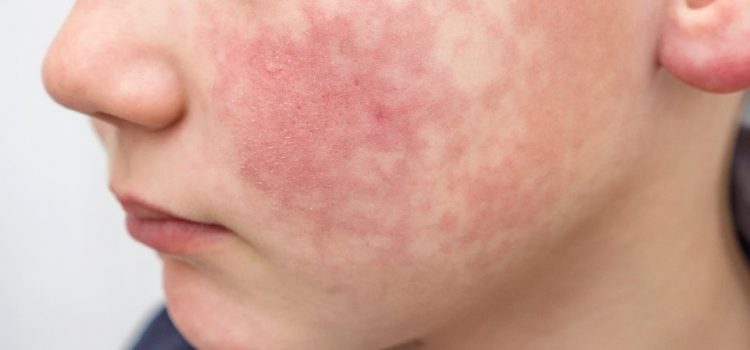Ivan Koay MBChB, MRCS, FRNZCUC, MD Applying the Ottawa Ankle Rule to Pediatric Patients Take-home point: Application of the Ottawa Ankle Rule (OAR) limits unnecessary imaging in children without missing clinically relevant fractures. Citation: de Almeida S, Rios J, Lima S, et al. Applying the Ottawa Ankle Rule in a pediatric emergency department. Pediatr Emerg Care. 2022;38(3):e1123-e1126. Relevance: Ankles fractures in children are common.Use of the OAR, a simple clinical decision rule, by UC providers …
Read More






